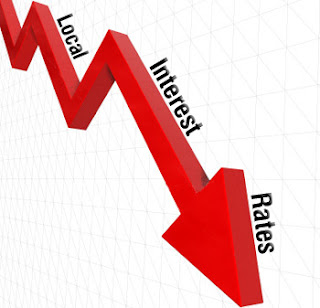On August 19 Freddie Mac released the results of its Primary Mortgage Market Survey, showing mortgage rates, fixed and adjustable, reaching all-time record lows. The 30-year fixed mortgage rate averaged at 4.15% (the lowest rate in 50 years), while the 15-year fixed averaged at 3.36%.
With the most affordable interest rate in 50 years, many home owners are taking advantage of the low mortgage rate environment. They have already began approaching their banks to refinance their loans.
According to Freddie Mac's reports, 34% of the borrowers have changed their mortgage length from 30 years to 20 and 15 years - it is the highest level or mortgage length shortening in 7 years!
Some financial experts argue that it is more beneficial to the home owners to take on a 30-year rate at low rates and invest the rest of their money in their retirement plans. However, home owners these days prefer to pay in shorter term because they just want to have a mortgage free life at an earlier time.
Buyers are also realizing that lower terms can literally save thousands, even tens of thousands of dollars in interest costs, while some borrowers who financed at historically low rates have been able to refinance at 15-year rates without raising their mortgage payments. Take note of the illustration below, with 2% increase in interest rates, it increases your monthly payments by $250. Just imagine, home much you can save in the long run if you take advantage of the current low interest rates.
Now is the time to take advantage of the all time low interest rates! If you need more information about the current mortgage rates, you may contact me.
With the most affordable interest rate in 50 years, many home owners are taking advantage of the low mortgage rate environment. They have already began approaching their banks to refinance their loans.
According to Freddie Mac's reports, 34% of the borrowers have changed their mortgage length from 30 years to 20 and 15 years - it is the highest level or mortgage length shortening in 7 years!
Some financial experts argue that it is more beneficial to the home owners to take on a 30-year rate at low rates and invest the rest of their money in their retirement plans. However, home owners these days prefer to pay in shorter term because they just want to have a mortgage free life at an earlier time.
Buyers are also realizing that lower terms can literally save thousands, even tens of thousands of dollars in interest costs, while some borrowers who financed at historically low rates have been able to refinance at 15-year rates without raising their mortgage payments. Take note of the illustration below, with 2% increase in interest rates, it increases your monthly payments by $250. Just imagine, home much you can save in the long run if you take advantage of the current low interest rates.
Now is the time to take advantage of the all time low interest rates! If you need more information about the current mortgage rates, you may contact me.






